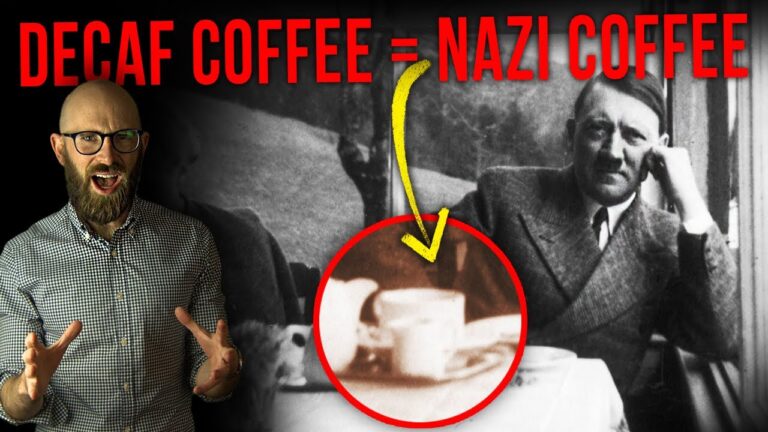“Unveiling the Secrets: How Your Favorite Drinks Lose Their Kick Without Losing Flavor!”
One of the major reasons non-alcoholic wine and beer took so long to become popular is their poor reputation when it comes to taste. Unlike caffeine, ethanol is difficult to remove without stripping out beneficial flavour compounds like esters, flavonoids, and monoterpenes; or increasing the concentration of unpleasant-tasting compounds like tannins and acids. Furthermore, alcohol itself contributes enormously to the texture and flavour profile of these beverages, and can leave them tasting bland and watered-down when removed. This problem is most prominent in wine, which on average contains around 12% alcohol by volume. Beer, by contrast, contains on average 5% alcohol by volume and is comparatively easier to de-alcoholize without affecting flavour. Furthermore, beer typically contains other flavourings like hops which can potentially mask any flavour deficiencies produced by the de-alcoholization process.
Today, several different methods are used to lower or eliminate the alcohol in wine, beer, and cider. These techniques are classified according to when in the production process they are applied: pre-fermentation, fermentation, or post-fermentation.
Reducing alcohol content pre-fermentation involves reducing the amount of sugar in the grape juice or mash which the yeast can convert into ethanol. This can be done in a variety of ways. For example, trimming the vine leaves at various points in the growing process or harvesting the grapes early can reduce the amount of sugar that accumulates in the grapes themselves. Even simpler, the grape must or juice can be diluted with water prior to fermentation to reduce the sugar concentration. However, this act is actually illegal in many major wine-producing nations including Australia, France, Germany, New Zealand, and South Africa. Alternatively, the juice or mash can be passed through microfilters or treated with special enzymes like glucose oxidase to remove some of the sugar. Of course, some sugar must be retained otherwise fermentation cannot occur. During fermentation itself, alcohol production can be reduced by halting fermentation early or by using of alternative, non-Saccharomyces cerevisiae or NS yeasts which generate less ethanol than traditional yeast varieties. However, most wines and beers produced using these techniques still fall above the 0.5-1.2% alcohol concentration required to be classified as low-alcohol or alcohol-free, while the few that meet this requirement are typically inferior in taste. For this reason, most non-alcoholic wines and beers are produced by removing the alcohol after fermentation.










